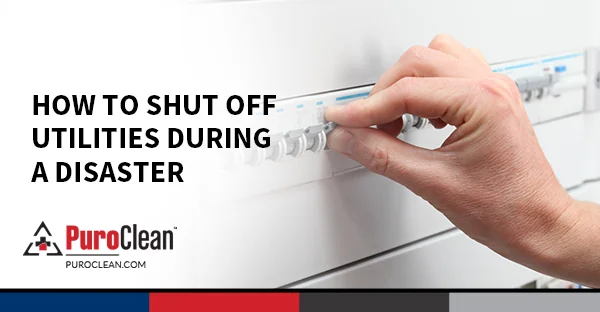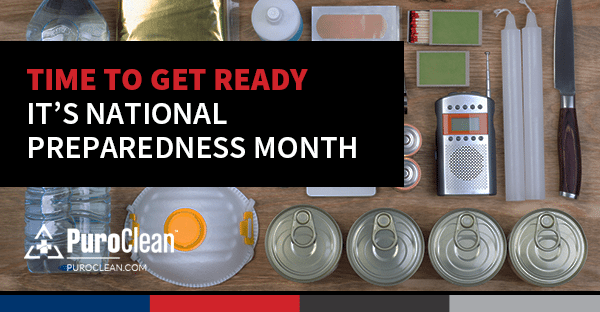
Disasters such as fires, flooding, earthquakes or power outages can happen without warning. When confronted with a disaster, it’s important to shut off utilities in your home to prevent further damage. Learn how to shut off natural gas, electricity and water supplies in your home before a disaster occurs, and teach your family how to do so as well:
Natural Gas
- Gas shut-off procedures vary from home to home. Contact your local gas company for information on the safest way to shut off gas supply to your home according to your home’s gas meter configuration.
- Once you learn the gas shut-off procedure, practice it with the whole family, but make sure to not actually turn off the gas when practicing.
- If you smell gas near a gas pipe or gas-fueled appliance, or if the CO detector goes off, open a window immediately and get everyone out of the house as fast as possible. Turn off the gas supply and call the gas company soon after.
- Once you turn off the gas, never attempt to turn it back on yourself. Only a qualified professional must turn your gas supply back on.
Electricity
- After a disaster or if you notice electrical damage in your home, turn off electricity immediately to prevent fires and electrical shocks.
- First, locate the main circuit box that’s usually mounted on a wall. In many houses, the circuit box is located in the basement, so make sure to bring a flashlight.
- Inside the panel, you will see multiple switches, including the main switch that shuts off all electricity in your home.
- For safety purposes, always shut off individual switches before shutting off the main switch.
Water
- After a disaster, your water supply may get polluted due to cracked lines, so it’s important to shut it off until authorities say it’s safe to turn the water back on.
- Locate the shut-off valve for the main water line of your home, which can be found in one of these areas:
- on a wall near the front of the house
- near the water heater
- in the garage
- buried in the ground outside, near the street, in a covered box
- Label the shut-off valve so you can easily find it in the future.
- Be sure that the valve completely closes when you turn it clockwise. If the valve doesn’t completely close, it may be rusted or damaged. In this case, have it replaced by a qualified technician.
After a disaster, it’s essential to act quickly to prevent further damage to your home. Learn more about the consequences of not acting quickly after a disaster here. For professional fire, water, and mold restoration services, contact your local PuroClean office.



